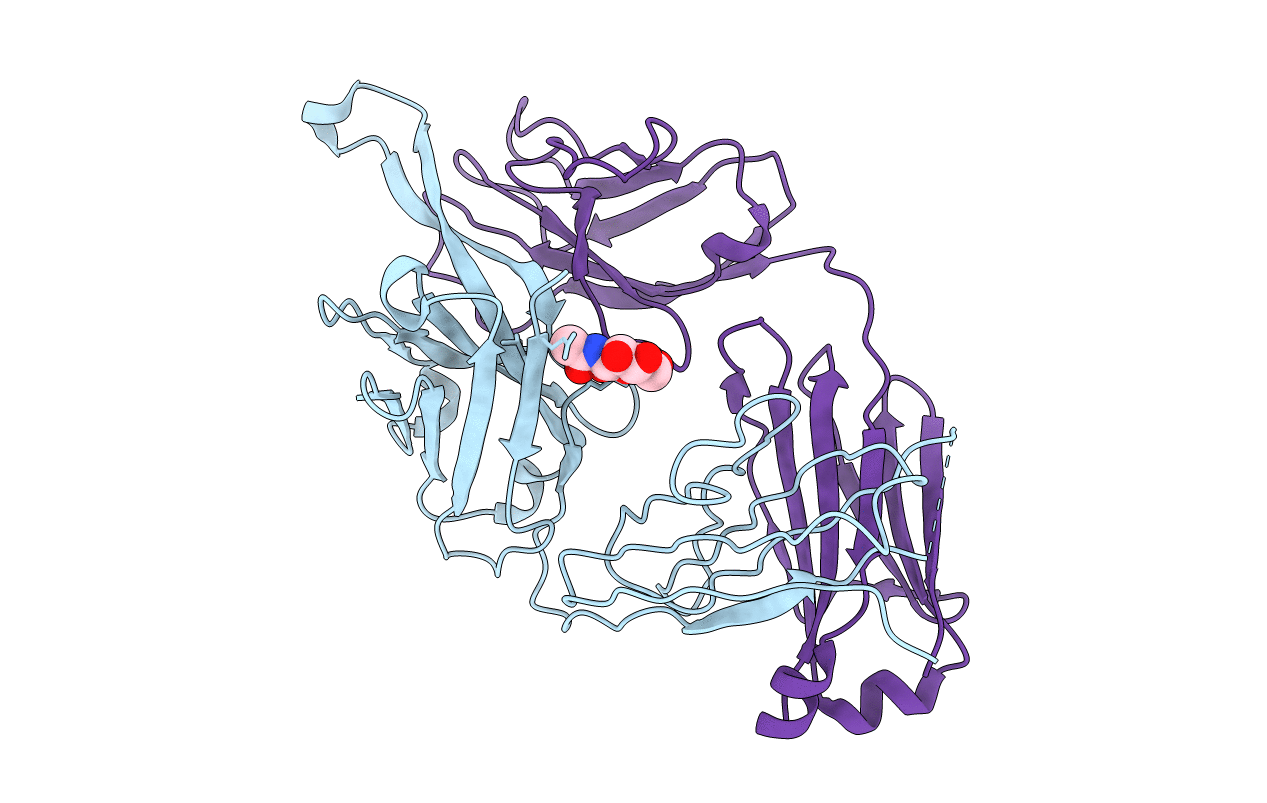
Deposition Date
2012-06-24
Release Date
2012-11-14
Last Version Date
2024-11-20
Method Details:
Experimental Method:
Resolution:
3.00 Å
R-Value Free:
0.26
R-Value Work:
0.21
R-Value Observed:
0.21
Space Group:
P 21 21 21


